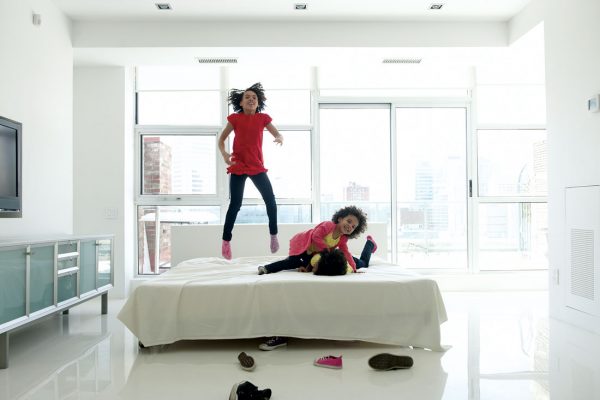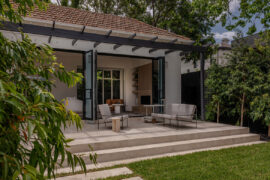Jane Braun reports from Schneider Electric on the crucial importance of a user-friendly interface in a smart home.

December 18th, 2017
The Internet of Things, (IoT) and smart homes/buildings are getting a lot of buzz. There are good reasons for that — millions of them, in fact. Business Insider ‘Intelligence’ analysts say the number of smart home connected devices sold annually will grow from 83 million in 2015 to 193 million by 2020.
For many people in those smart homes, what they interact with every day is the interface, which resembles a touchscreen on a wall. If that interface is difficult to use or can’t easily integrate new functionality, then the connected home well – isn’t connected. Instead, there will be smart appliances, home safety and security systems, and energy management equipment – all isolated and consequently that much less powerful and capable.
First, let’s talk about the potential market. Per a PriceWaterhouseCoopers survey, just over a quarter of consumers currently own a smart home device. A smaller number, 23 per cent, do not own one and don’t plan to. That leaves half, 51 percent to be precise, of all consumers who do not currently own connected products open to purchasing them. The possible list of connected devices includes devices that innovate room comfort controls. Being able to control lighting, room temperature and blinds from one interface not only makes our lives easier but helps us be more energy efficient.
Schneider Electric is taking innovation in this area to the next level with two new interfaces; KNX MultiTouch Pro and KNX Push-Button Pro. These innovative products deliver intuitive, flexible and comprehensive room control all integrated in a sleek, modern design. The KNX products are not just pleasing to the eye; they can empower users to set back home heating or cooling seven to 10 degrees for eight hours a day and considerable yield savings.

Here’s where the interface, the thing people interact with, comes in. Think of what you look for as a consumer. If you’re going to spend extra money for a connected device, you’re going to want to, well, connect it. If the interface is a touchscreen, it needs to be easy to use and able to integrate a variety of devices. Otherwise, it’ll be harder to connect devices and use them as a total system, making it more difficult for consumers to justify the extra cost of such connected products.
As an example of an easy way to tie everything together, consider Schneider Electric’s new KNX user interfaces. They feature operation like the familiar one found in smartphones. Switching between functions, for example, is done by swiping the screen.
The interface products are part of the connected technologies we create that reshape industries, transform cities and enrich lives.
INDESIGN is on instagram
Follow @indesignlive
A searchable and comprehensive guide for specifying leading products and their suppliers
Keep up to date with the latest and greatest from our industry BFF's!

London-based design duo Raw Edges have joined forces with Established & Sons and Tongue & Groove to introduce Wall to Wall – a hand-stained, “living collection” that transforms parquet flooring into a canvas of colour, pattern, and possibility.

Schneider Electric’s new range are making bulky outlets a thing of the past with the new UNICA X collection.

QIP recently held a significant event in Sydney, bringing together LGBTQI+ people across the property and construction industry.
The internet never sleeps! Here's the stuff you might have missed

Mark Tuckey X Main Studio embrace the future with a new range of furniture that showcases the beauty of agroforestry timber.

Through experience and with a passion for great design, Biasol is making gentle and perfect waves on the landscape of design.